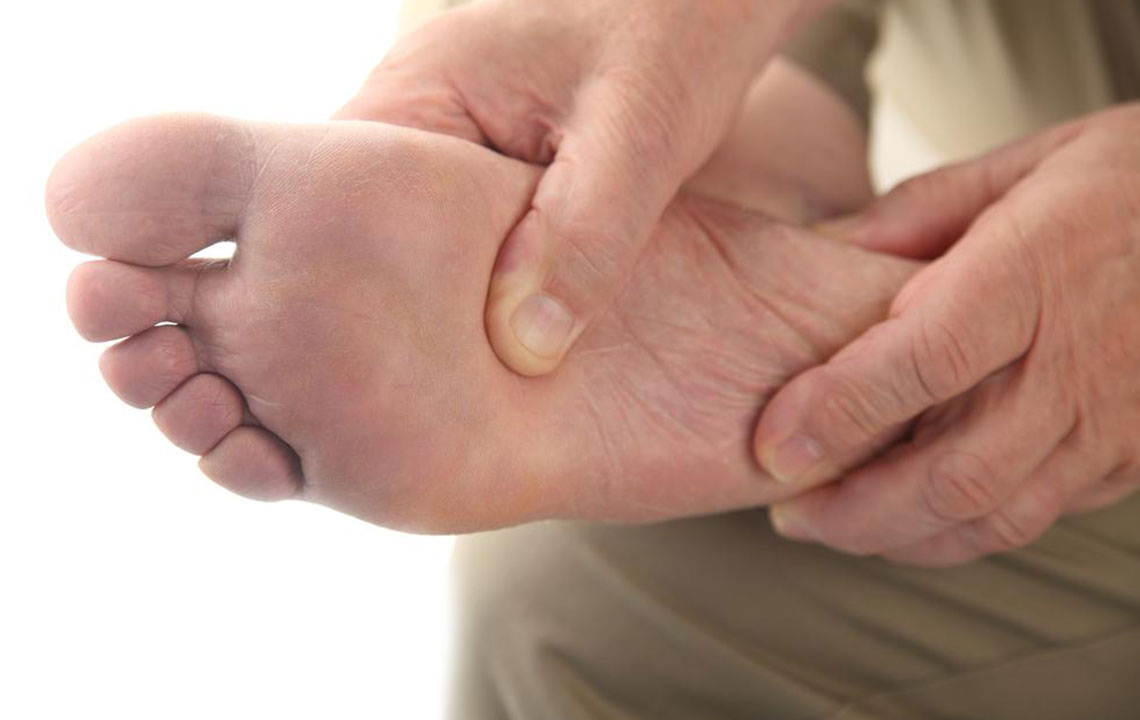Comprehensive Guide to Effectively Managing Plantar Fasciitis Pain
This comprehensive guide offers detailed insights into plantar fasciitis, including causes, symptoms, and effective management strategies. It emphasizes the importance of rest, proper footwear, and targeted exercises to alleviate pain and promote recovery. Understanding these key aspects can help individuals manage their condition efficiently, maintain mobility, and improve their quality of life. Whether through lifestyle changes or medical intervention, this article provides practical advice for those suffering from plantar fasciitis to regain comfort and restore foot health effectively.

Comprehensive Guide to Effectively Managing Plantar Fasciitis Pain
Understanding the Causes of Plantar Fasciitis
Plantar fasciitis is a common and often painful condition characterized by inflammation of the plantar fascia, a thick band of connective tissue that runs along the bottom of your foot, supporting the arch. This condition often results from repetitive stress or acute overuse of the ligament, leading to microtears and inflammation. Activities that place excessive strain on the plantar fascia include running, jumping, prolonged standing, or other weight-bearing activities. In addition to physical activity, several lifestyle and medical factors can predispose individuals to develop this condition.
Factors such as being overweight or obese significantly increase the stress on your feet, especially on the plantar fascia, making injury more likely. Age can also influence risk, with middle-aged individuals often at higher risk due to natural degeneration and decreased tissue elasticity. Autoimmune conditions, such as ankylosing spondylitis, rheumatoid arthritis, and other inflammatory disorders, can also contribute to or worsen plantar fasciitis. Moreover, certain footwear choices, like unsupportive shoes or going barefoot, especially on hard surfaces, can exacerbate the condition. Understanding these causes is fundamental to both prevention and effective management of plantar fasciitis.
Is Walking Still Possible with Plantar Fasciitis?
Many individuals worry that plantar fasciitis will prevent them from walking normally. The good news is that while the condition can cause discomfort and pain, it does not necessarily mean you cannot walk. Most cases can be managed effectively with proper rest, targeted exercises, and supportive footwear. Walking, in moderation and with caution, remains possible during treatment. Rest is often necessary, particularly during flare-ups, but total immobilization is not always required. It is important to listen to your body and avoid activities that increase pain.
Implementing gentle stretching routines and avoiding high-impact activities can help maintain mobility without aggravating the injury. Engaging in low-impact exercises such as swimming or cycling can also help preserve overall fitness while reducing stress on your feet. Consulting with healthcare professionals for personalized treatment plans ensures a safe approach to maintaining an active lifestyle despite plantar fasciitis.
To support your recovery, it is recommended to incorporate activities that do not put undue pressure on your affected foot. Proper footwear, rest, and specific stretches can enable you to manage pain and keep moving confidently.
How to Alleviate Symptoms Effectively
Managing the discomfort associated with plantar fasciitis involves a combination of self-care strategies and medical intervention. Medical professionals frequently recommend the RICE protocol—Rest, Ice, Compression, and Elevation—as an effective initial approach in alleviating symptoms. This simple yet proven strategy can significantly reduce inflammation and promote healing.
Rest is essential; avoiding activities that cause pain or strain can allow the plantar fascia to recover. Applying ice to the affected area for 15-20 minutes several times a day helps diminish inflammation and numb pain. Using a cold pack wrapped in a towel prevents frostbite and enhances comfort. Compression with an elastic bandage can provide support and reduce swelling, especially during acute flare-ups. Elevating the foot whenever possible also helps decrease swelling and facilitates blood flow, speeding up recovery.
Beyond these initial measures, incorporating specific stretching exercises into your daily routine can be very beneficial. Stretching the Achilles tendon and plantar fascia before getting out of bed and throughout the day can reduce morning pain and stiffness. Proper footwear with cushioned insoles or arch support is crucial—walking barefoot on hard surfaces or in unsupportive shoes can worsen symptoms. Consider investing in shoes that feature memory foam, shock absorption, and firm arch support. For persistent or severe cases, custom orthotics prescribed by a podiatrist can offer tailored support and relief.
It is equally important to avoid activities that cause discomfort, especially high-impact sports or prolonged standing. If symptoms persist, seeking medical attention for further interventions, such as physical therapy or, in some cases, corticosteroid injections, may be necessary. A comprehensive treatment plan that combines lifestyle modifications, proper footwear, and medical care can greatly improve quality of life and reduce pain from plantar fasciitis.
In conclusion, understanding the causes of plantar fasciitis, practicing effective symptom relief strategies, and maintaining supportive footwear are crucial steps toward managing this common condition. While it can be bothersome and sometimes persistent, with proper care, most individuals can recover or significantly reduce their symptoms, returning to daily activities with minimal discomfort. Being proactive and adopting a comprehensive approach will ensure better recovery outcomes and a more comfortable lifestyle.





